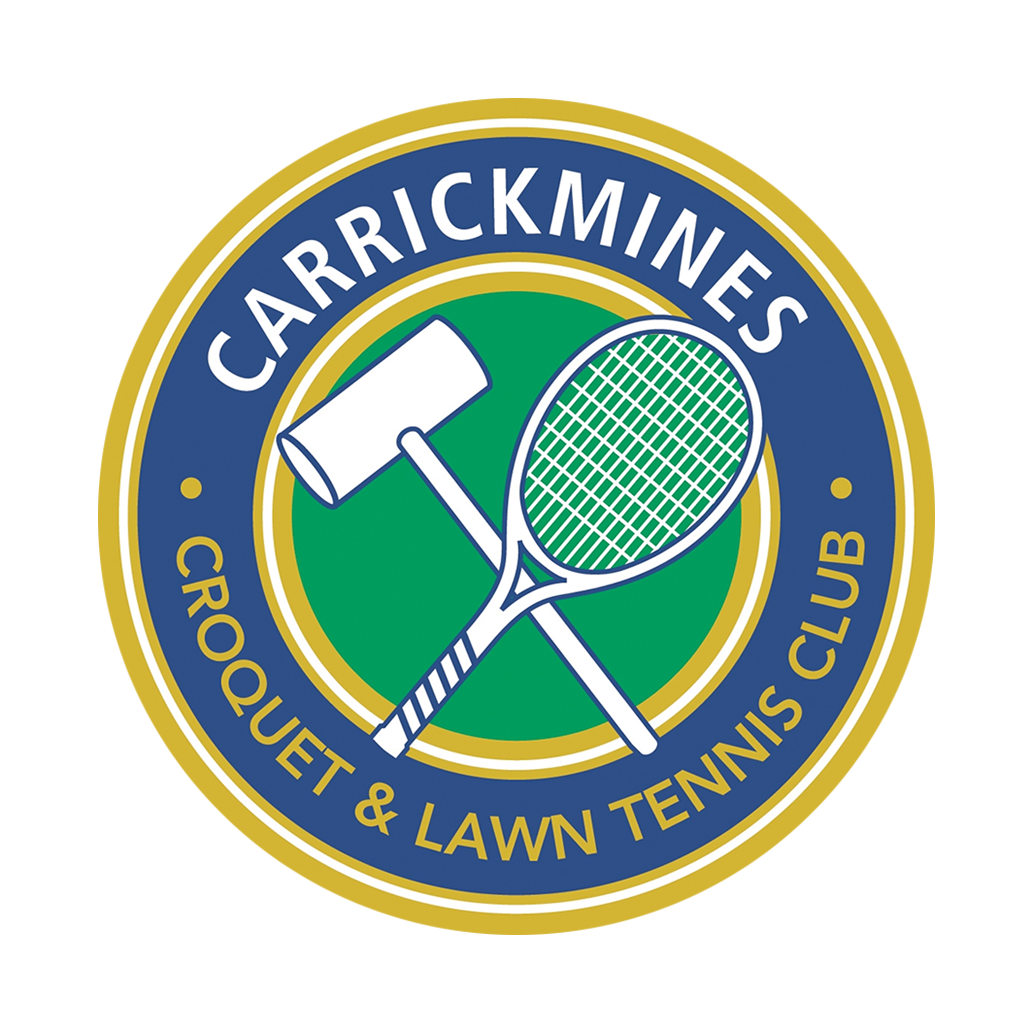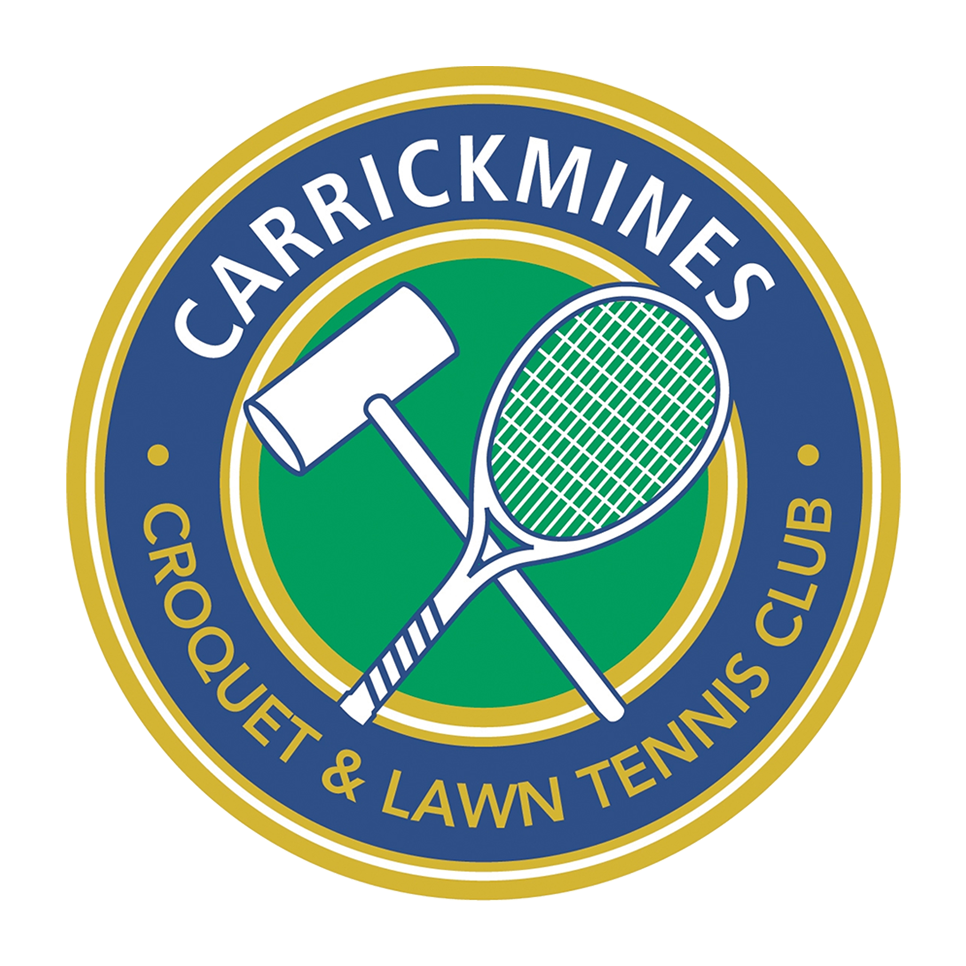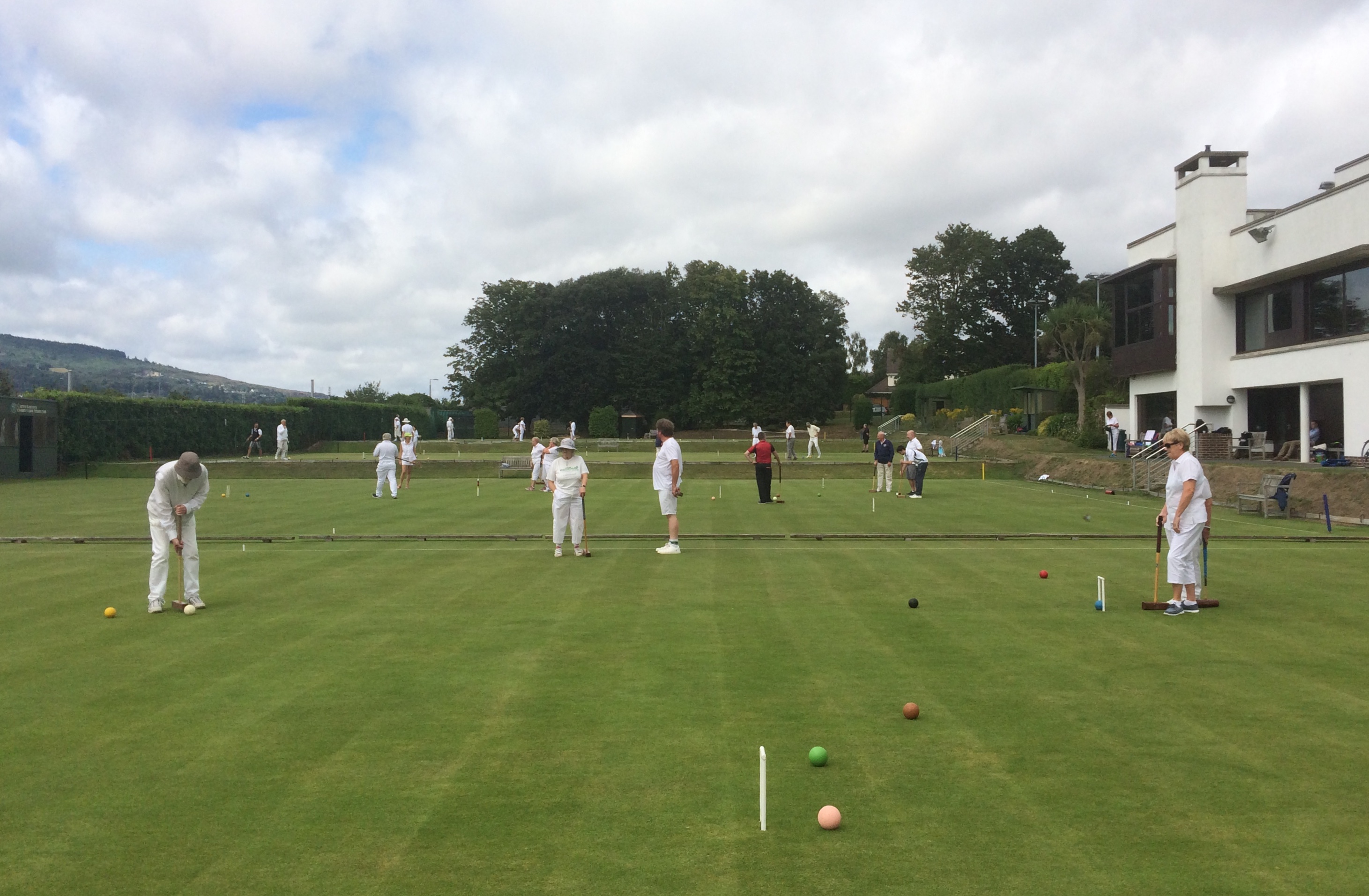
Croquet In Ireland
Croquet in Ireland
The Origins of Croquet
Few people realise the strength of the influence of Ireland on croquet during the early nineteenth Century. The origins of the game are obscure and it may well have had ancient beginnings, but it is clear that wherever it came from, it was developed in Ireland in the early part of the nineteenth Century. The Field of 1858 (quoted by Betty Prichard in The Croquet Gazette of April 1976) mentions "meetings of the County Meath Croquet Cracks”. They were mostly young and met at each other’s houses: the reporter was George Annesley Pollok of Oatlands and Newcastle, County Meath. Later that year he sent a copy of his rules under the pseudonym of “Corncrake” and called them “The Rules of the Oatlands Club”. That is the first mention of a croquet club. The noted croquet historian Dr Prior, in his book of 1872, makes the categoric statement “One thing only is certain: it is from Ireland that croquet came to England and it was on the lawn of the late Lord Lonsdale that it was first played in this country”. This was about 1851.
Early Years
The first Irish Croquet Championship is recorded in 1871, and it was played again in 1873 and 1874 before seemingly lapsing. Indeed croquet did not prosper in England during the next 25 years, although there is patchy evidence that it may have in America, and the new craze of Lawn Tennis stole its thunder in the sporting press. Although croquet flourished in Ireland after its early days, most of the clubs were in the provinces and there were few in Dublin. There were active clubs in Athenry, Athlone, Belfast, Birr, Carrickmines, Cork, Galway, Lismore, Malahide, Mallow, Mullingar, Muskerry, Newcastle (County Down), Rushbrooke, Tullamore and Youghal.. This was the heyday of croquet in Ireland, when players like Cyril Corbally, his brother Herbert, C.L.O Callaghan, Nina Coote and Peter Duff Mathews bore all before them both at home and in England. And they introduced a totally new style, gripping the mallet in what became known as the Irish style, and for the first time swinging it between the legs instead of outside the feet or across the body. For photos of some of the early Irish players see the CA Ireland website.
After the First World War and in the 1920s croquet sadly went into a decline and many of the clubs mentioned above collapsed. Carrickmines continued to be the only club that kept in the main stream, and the Irish Championship has continued to attract visiting players from among the strongest in the world. As host to Ireland’s international matches, it has welcomed England, Scotland, Wales, France, Belgium, Switzerland, Australia, the USA, South Africa and Canada.

The Croquet Association of Ireland
The Croquet Association of Ireland (CAI) was formed in 1985 on a wave of enthusiasm following the victory of an Irish team against the USA in Palm Beach, Florida. The CAI is working hard to encourage new clubs and expand activities, with the Irish Golf Croquet Championship being introduced in 1998. The CAI arranges annual matches against the Croquet Association (the McWeeney Trophy) and the Scottish Croquet Association (the Appleton Trophy).
Croquet at Carrickmines
Carrickmines Croquet and Lawn Tennis Club became the home of the Irish Championships in 1909 and has continued to host the Championships ever since. The two main (and long standing) Association Croquet Tournaments are the Championships of County Dublin, held in the first week of June, and the Championships of Ireland, played over a week in early August Carrickmines sits in a delightful setting in the southern outskirts of Dublin, with views over the Dublin Mountains. There are 7 outdoor and 3 indoor tennis courts. The old wooden clubhouse (beloved by many) has been replaced by a splendid modern clubhouse with a bar, dining facilities, changing rooms and a gym. There are 4 excellent croquet lawns, the quality of which has been enhanced with the introduction of an irrigation system in early 2018. The number of active croquet players has grown considerably over the last few years, and we play all year round, mainly GC in the winter months and AC in the summer.
Simon Williams and Sandy Greig, Carrickmines C<C



